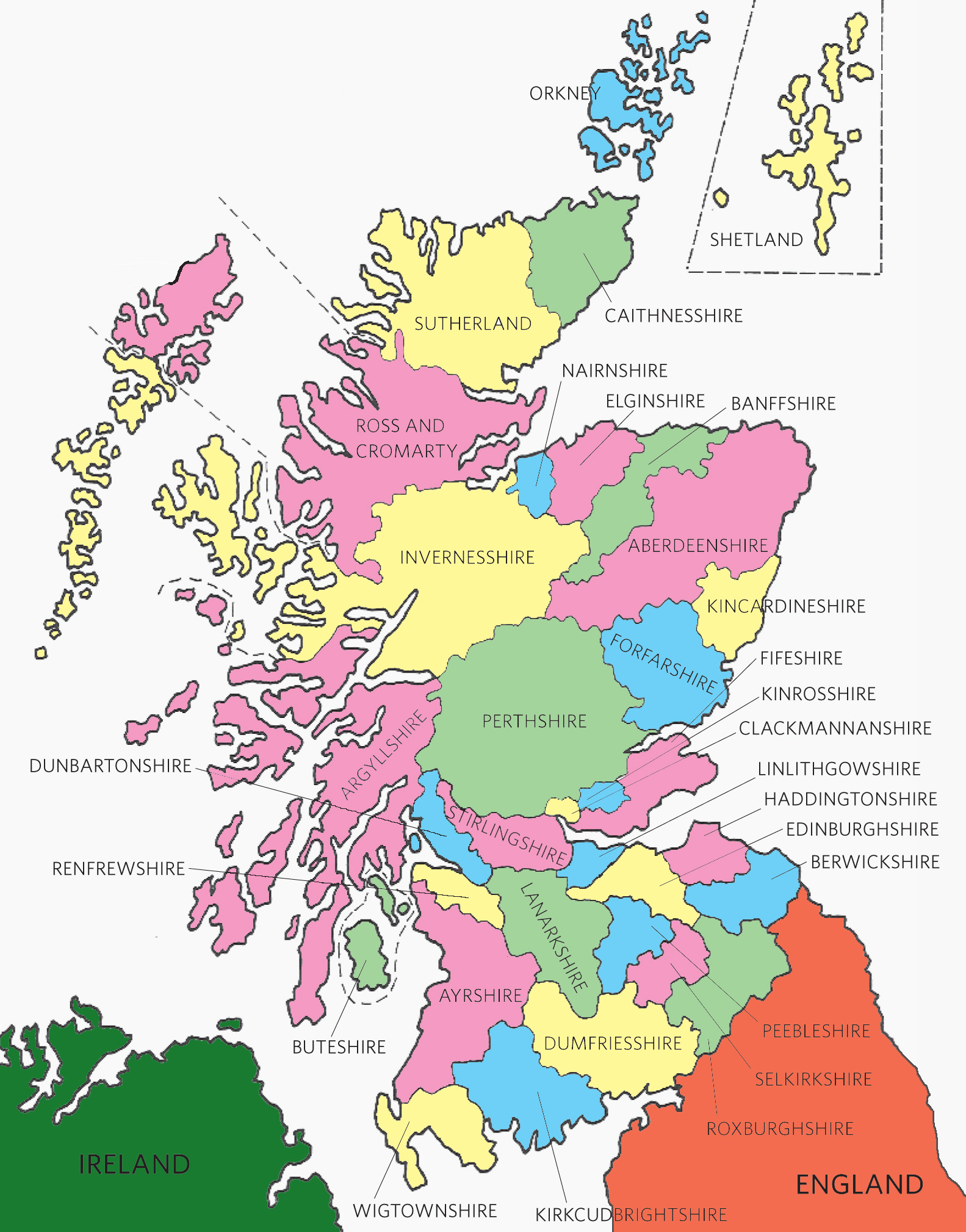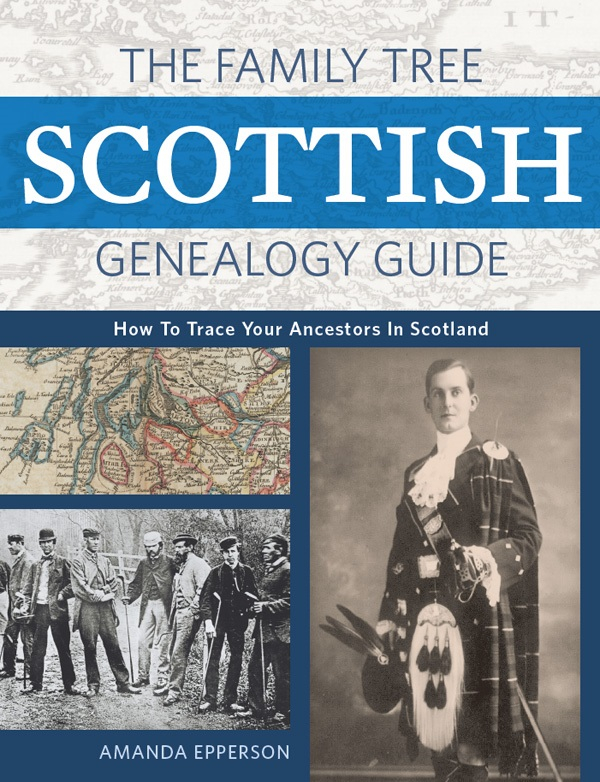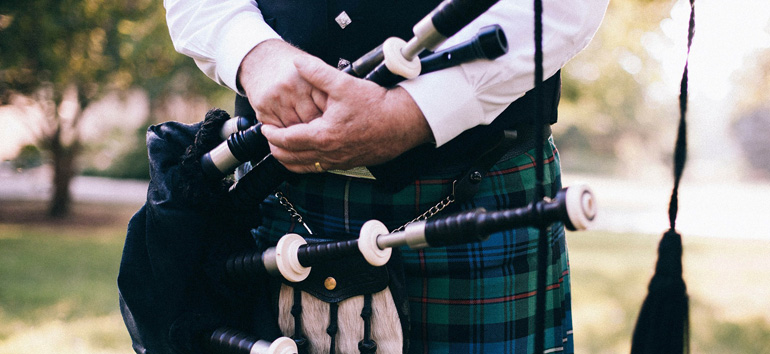Sign up for the Family Tree Newsletter Plus, you’ll receive our 10 Essential Genealogy Research Forms PDF as a special thank you!
Get Your Free Genealogy Forms
"*" indicates required fields

As was the case in other regions in the British Isles, counties historically formed the basis for Scottish local government. So the county, along with the parish, is the most important administrative for those researching Scottish ancestors. This Scottish counties map will help you determine which of the 34 historical divisions your ancestor’s hometown lay in.
Most Scottish counties formed by the early 1300s, with the newest (Sutherland) coming into existence in 1633. Between 1633 and 1890, Scotland had a 34-county system—and these administrative divisions reflect how the country likely looked when your Scottish ancestors emigrated:
| Historical county |
| Aberdeenshire |
| Argyllshire |
| Ayrshire |
| Banffshire |
| Berwickshire |
| Buteshire |
| Caithnesshire |
| Clackmannanshire |
| Dumfriesshire |
| Dunbartonshire |
| Edinburghshire/Midlothian |
| Elginshire/Moray |
| Fifeshire |
| Forfarshire/Angus |
| Haddingtonshire/East Lothian |
| Invernesshire |
| Kincardineshire |
| Kinrosshire |
| Kirkcudbrightshire |
| Lanarkshire |
| Linlithgowshire/West Lothian |
| Nairnshire |
| Orkney |
| Peeblesshire |
| Perthshire |
| Renfrewshire |
| Ross & Cromarty |
| Roxburghshire |
| Selkirkshire |
| Shetland/Zetland |
| Stirlingshire |
| Sutherland |
| Wigtonshire |
Some cities were also granted special administrative powers. According to The Family Tree Scottish Genealogy Guide by Amanda Epperson (Family Tree Books), certain cities (Aberdeen, Edinburgh, Glasgow and Dundee) became counties in their own right in 1890.
After tweaking county boundaries in 1890, the UK government overhauled Scottish counties in 1974, then again in 1996. Some counties have been sorted into modern “council areas.” Fortunately, genealogists don’t have to track many other large-scale border changes; Scotland’s national boundaries haven’t changed since 1482.
Note that, when referring to counties, you can use either the County of OR the suffix –shire, but not both. For example: you can say the County of Aberdeen OR Aberdeenshire, but not the County of Aberdeenshire. Note also that county names ending in a double S either drop an S or add a hyphen when adding –shire (e.g., Invernesshire or Inverness-shire).
You can find a similar map in the book The Family Tree Scottish Genealogy Guide. This comprehensive how-to book will help you trace your roots in Scotland. Inside, you’ll find strategies for identifying an immigrant ancestor and tracing him back to the old country. And once you’ve taken your research to Scotland, you can read about how to find all sorts of records, such as vital records, Scottish censuses and more. The book also contains handy guides to Scottish history and geography.
Last updated: April 2023
FamilyTreeMagazine.com is a participant in the Amazon Services LLC Associates Program, an affiliate advertising program designed to provide a means for sites to earn advertising fees by advertising and linking to Amazon.com and affiliated websites.
Related Reads
ADVERTISEMENT








